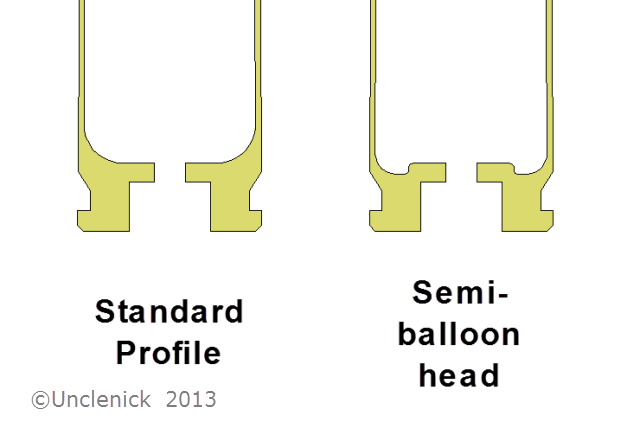That value is too low for Case Water Overflow Capacity (CWOC), but it's about right for Case Water Capacity (CWC) with the Sierra 155 grain Palma bullet seated to 2.800" COL. CWOC is how much water the empty case will hold level with the case mouth. CWC is how much water will fit under the seated bullet. The CWOC applies to a case all the time, while CWC depends on bullet length and seating depth. So, even with the same case, CWC varies with different bullet designs, weights, and COL's.
The history of Winchester brass is that the pre-90's brass was about like Remington or others. But the '92 Palma match hosted by the U.S. changed things. If you are familiar with Palma, you will know the International Palma Match is held every four years and the host country rotates (the U.S. had it again in 2015). The rules in '92 still required the use of 308 Winchester or 7.62 NATO ammunition with a bullet not over 156 grains in weight. (This changed in 2012 under the ICFRA governing body, and 223/5.6 is now allowed, and bullet choice is now up to the shooter, I believe). At the time of the '92 match, the host country was required to supply ammunition for the match and to provide practice ammunition in the exact same load to teams that participated. Under Mid Tompkin's urging, Sierra agreed to come up with the first 155 grain Plama bullet for this, and Winchester agreed to come up with a new case that would increase powder capacity to maximize the velocities possible with it.
To reach its goal, Winchester came up with a semi-balloon head case design. This reduced brass weight and made the CWOC increase to close to 60 grains of water. These cases weighed about 150 grains. Subsequently, Winchester has maintained the semi-balloon head and put it in many of their other cases, like 30-06. I assumed this was to save on brass costs. What's funny is that the brass has gradually gotten heavier again since then. The brass I had in the 156 grain range has about 59 grains CWOC. Now people are reporting up to 166 grains case weight, which, unless the head diameter is greater, is going to mean another grain or so of capacity is gone. I don't know what the reason is. Some blame outsourcing. It's possible, I suppose, that there were reloading life complaints with the lighter stuff. The main worry is that older load data from Hodgdon or others is based on larger capacity cases.
So, if anyone out there has some current production Winchester and want's to do a measurement, that would be dandy to see shared.


